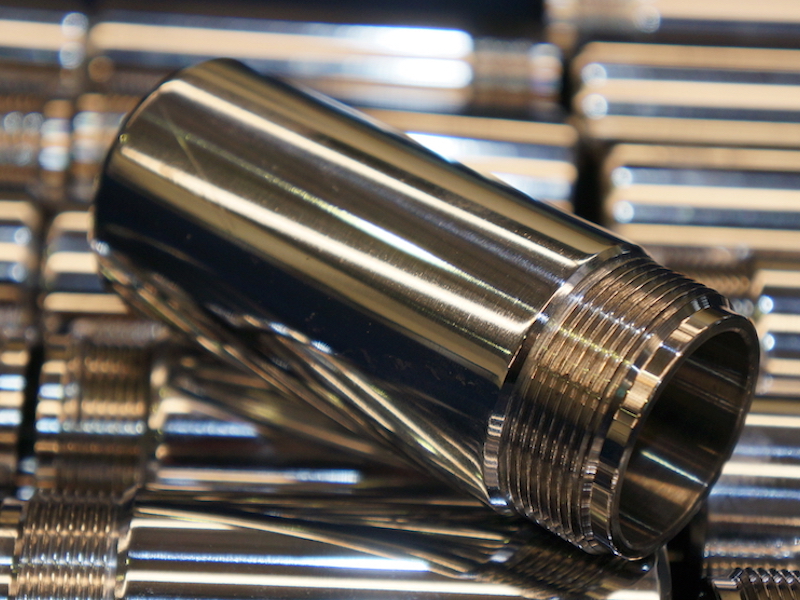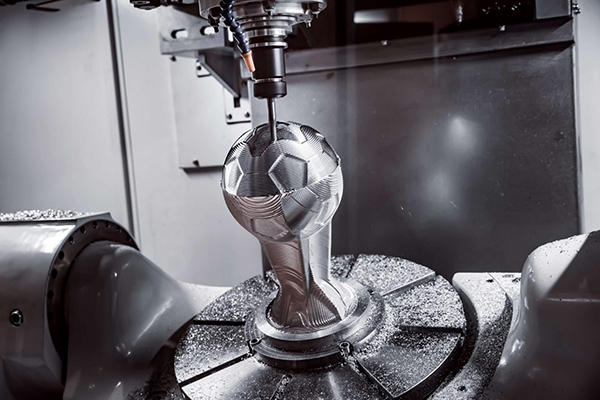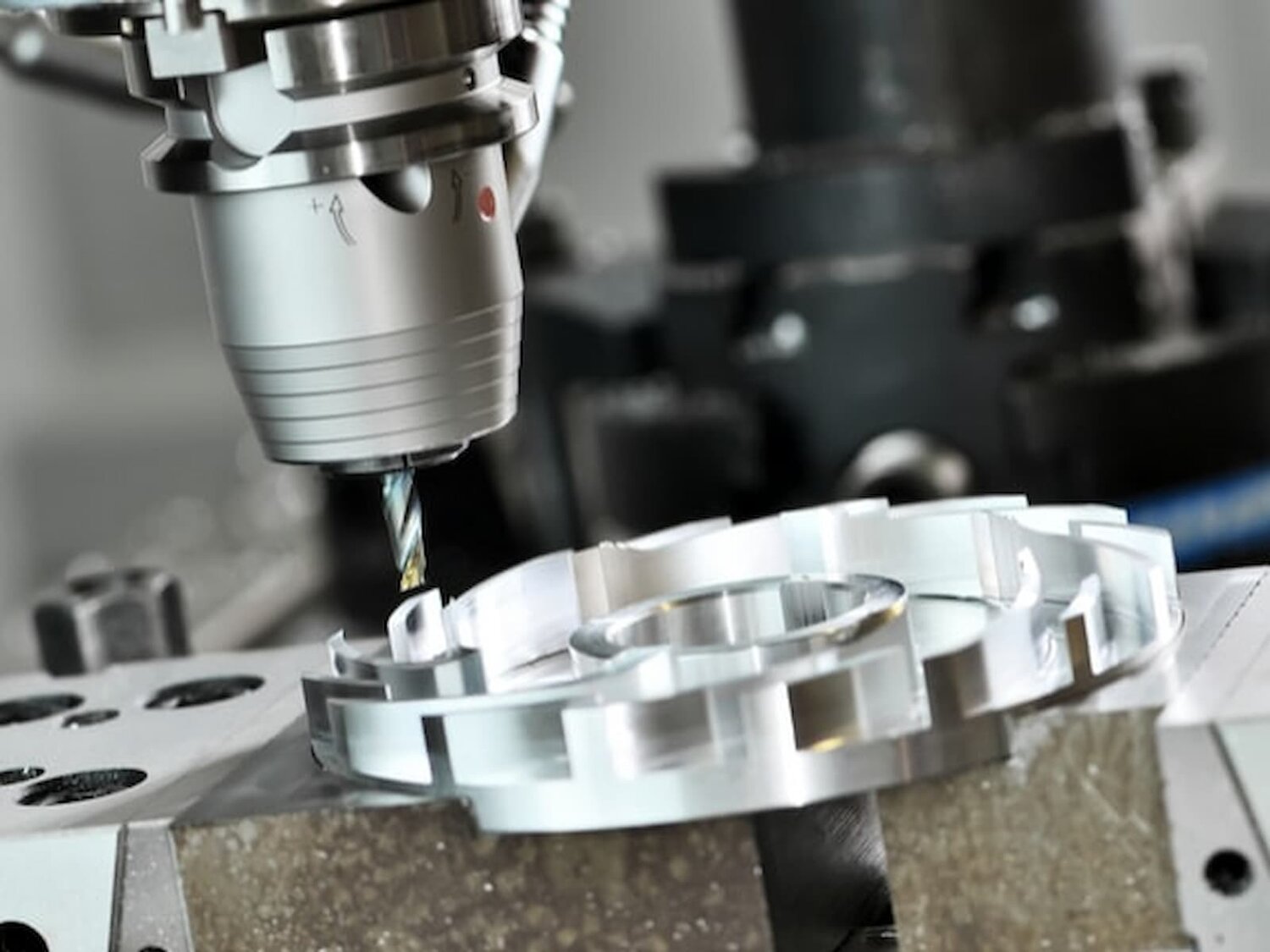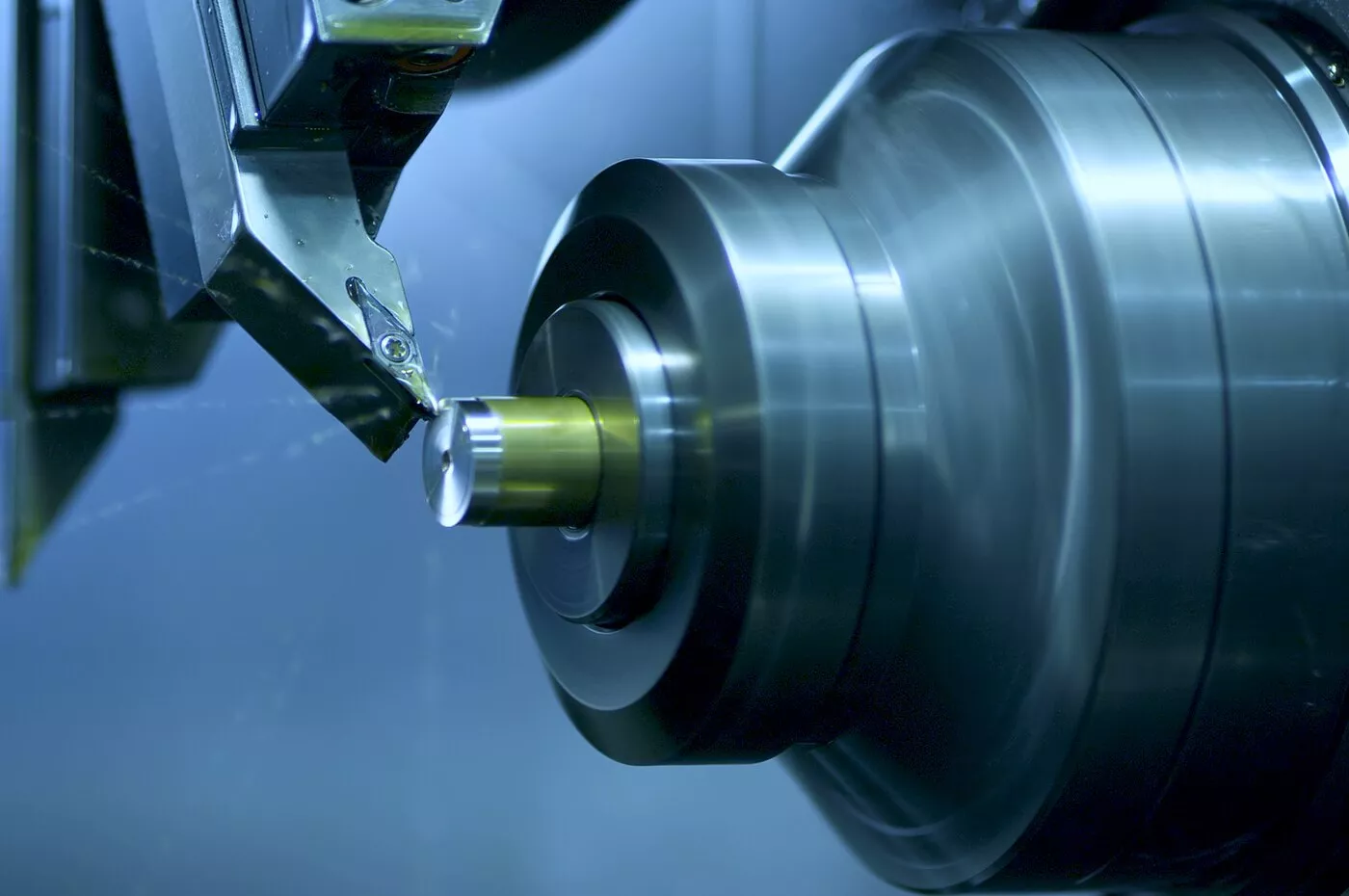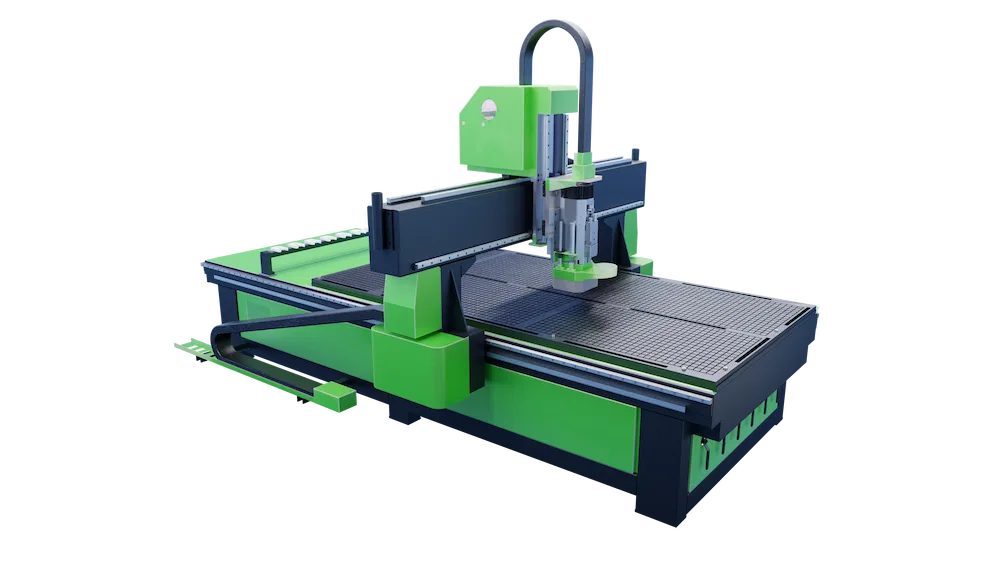Electroless nickel plating is an essential process in modern manufacturing, offering numerous benefits. It’s a method where a nickel alloy coats a metal surface without using electricity. This technique is crucial for enhancing the durability and performance of metal parts. It uniformly covers even the most complex shapes, ensuring consistent protection against corrosion and wear. Industries like automotive, aerospace, and electronics heavily rely on this process. It not only extends the life of components but also improves their overall functionality. Understanding its importance helps us appreciate the role it plays in various applications, making our everyday tools and devices more reliable and long-lasting.
What is electroless nickel plating?
Electroless nickel plating is a unique process for coating metals with a layer of nickel. Unlike traditional plating, it doesn’t use electricity. Instead, it relies on a chemical reaction to deposit nickel onto a surface. This method ensures even coverage, even on complex shapes. It’s perfect for adding corrosion resistance and hardness to various metals. Plus, it improves wear resistance. Industries like automotive, aerospace, and electronics often use this technique. It’s a cost-effective way to enhance the durability and functionality of metal parts. The process is quite versatile, making it a popular choice for many applications.
How does electroless nickel plating work?
Electroless nickel plating is a fascinating process that enhances the properties of various metals. It works differently from traditional electroplating. In electroplating, electric current plays a crucial role. However, in electroless nickel plating, a chemical reaction does all the work. This process involves immersing the metal part in a solution containing nickel ions. The solution also includes a reducing agent. Commonly used agents are sodium hypophosphite or borohydride.
When the metal part touches the solution, a reaction starts. This reaction causes nickel ions to bond with the metal surface. The key here is that the reaction is autocatalytic. This means it continues as long as the solution touches the metal and there are enough chemicals present. The metal’s surface acts as a catalyst, encouraging more nickel ions to deposit. This is what makes the coating so uniform and consistent.
The thickness of the nickel layer can vary. It depends on how long the part stays in the solution. This control allows for precise tailoring of the coating to specific needs. The resulting nickel layer offers excellent corrosion resistance. It also improves hardness and wear resistance. This makes the coated parts more durable and long-lasting.
This process is ideal for complex parts with intricate shapes. It ensures every nook and cranny receives an even coating. This uniformity is hard to achieve with traditional plating methods. Electroless nickel plating finds its use in many industries. These include aerospace, automotive, and electronics. It’s especially valuable in applications where consistent coating thickness is critical. It’s also great for parts exposed to harsh environments.
The benefits of electroless nickel plating
Electroless nickel plating offers numerous benefits, making it a popular choice for various industries. Here’s a detailed look at its key advantages:
Uniform Coating: This process ensures an even layer of nickel over the entire surface of a part. It reaches every corner, even on complex shapes, ensuring consistent protection and finish.
Improved Corrosion Resistance: The nickel coating acts as a barrier, protecting the base metal from corrosion. This makes parts last longer, especially in harsh environments.
Enhanced Hardness and Durability: The nickel layer significantly increases the hardness of the surface. This makes the parts more resistant to wear and tear, extending their lifespan.
No Need for Electrical Power: Unlike traditional plating methods, electroless nickel plating doesn’t require electricity. This makes the process more energy-efficient and cost-effective.
Better Adhesion: The chemical bonding process ensures strong adhesion of the nickel layer to the base metal. This reduces the risk of peeling or flaking over time.
Increased Lubricity: The nickel plating can reduce friction on the part’s surface. This is particularly beneficial for parts that move or slide, reducing wear and the need for lubrication.
Wide Range of Applications: This plating method is versatile and suitable for a variety of metals. It’s commonly used in automotive, aerospace, electronics, and other industries.
Heat Resistance: Electroless nickel plating can withstand high temperatures, making it ideal for parts that experience extreme heat.
Improved Aesthetics: The process leaves a smooth, shiny finish. This enhances the appearance of the part, which is important in consumer-facing products.
Customizable Properties: The process allows control over the thickness and composition of the coating. This customization can tailor the coating to specific performance requirements.
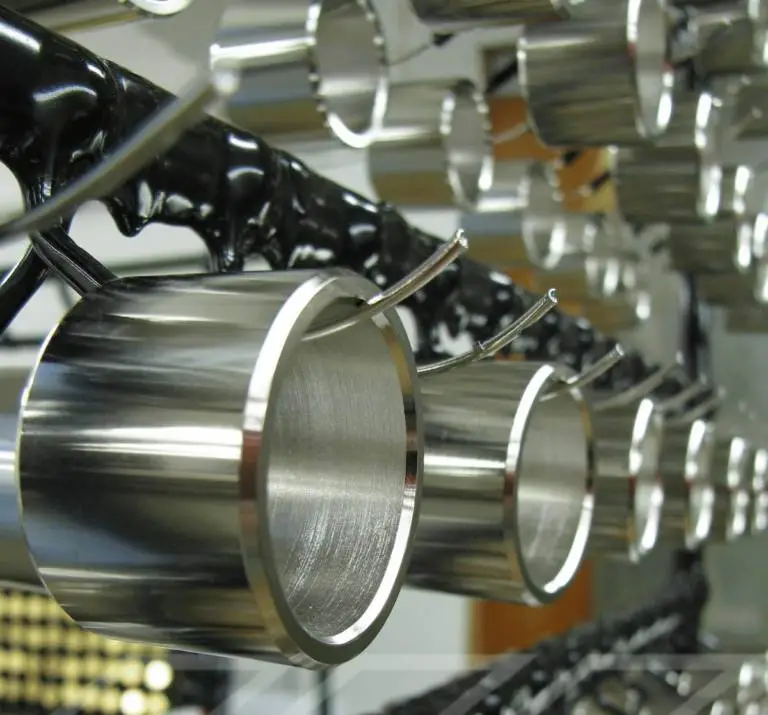
FAQs
What is electroless nickel plating?
Electroless nickel plating is a chemical process that adds a nickel-alloy coating to a metal or plastic surface. Unlike traditional electroplating, it doesn’t need an electric current. This method evenly coats even complex surfaces, providing durability, corrosion resistance, and a uniform layer.
Why choose electroless nickel plating over other methods?
Electroless nickel plating is great for parts with complex shapes because it ensures even coating thickness. It’s more resistant to corrosion and wear than regular nickel plating. This makes it ideal for harsh environments or where consistent coating is crucial.
Can electroless nickel plating be applied to non-metal surfaces?
Yes, you can apply electroless nickel plating to non-metal surfaces like plastics. However, these surfaces often require special pre-treatment to ensure the nickel coating adheres properly and lasts longer.
How long does electroless nickel plating last?
The durability of electroless nickel plating depends on factors like the thickness of the coating and the environment it’s used in. Generally, it’s very durable and can last for years, even under tough conditions.
Is electroless nickel plating environmentally friendly?
Electroless nickel plating is more environmentally friendly than some traditional plating methods. It produces less waste and doesn’t use heavy metals like lead or cadmium. However, it’s still important to manage waste and use chemicals responsibly during the process.



